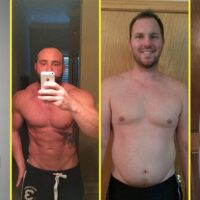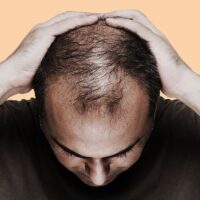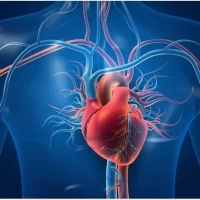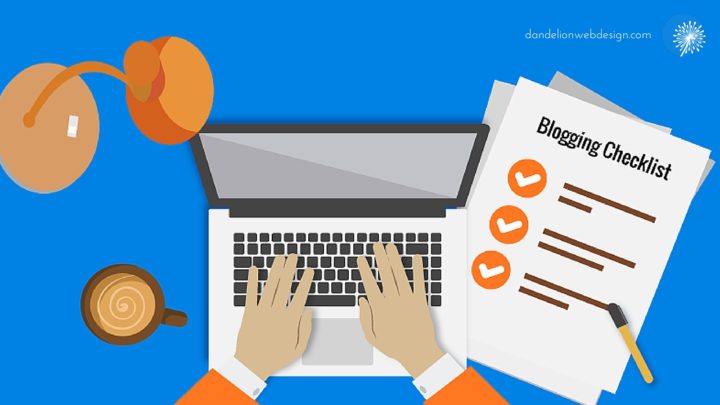What is Hair Loss
Hair loss, also called alopecia, is a condition characterized by the thinning or complete loss of hair from the scalp or body. It can show up in a variety of ways depending on what is causing it. For some, hair loss may appear gradually, typically on the top of your head. For others, it may be sudden, affecting larger areas, and in extreme cases, could lead to total hair loss. Its effects are not only physical but can also have a significant psychological impact influencing self-esteem and confidence.
Several factors like genetics, hormonal changes, medical conditions, or as a normal part of aging can lead to hair loss. Besides gradual thinning, certain types of hair loss may cause patchy bald spots, hair to become thin and break off, or full loss of body hair. It also needs to be understood that hair loss isn’t always permanent, it can be temporary in situations due to stress or specific treatments. It is a widespread concern affecting both men and women, making it essential for individuals to understand its causes, treatments, and measures for prevention.
Causes for Hair Loss
Numerous factors might lead to hair loss, starting from simple and temporary cases like a vitamin deficiency to more complex conditions such as an underlying health issue. The most common cause of hair loss is a hereditary condition known as male-pattern baldness or female-pattern baldness. This typically occurs gradually with aging and in predictable patterns — a receding hairline and bald spots in men and thinning hair in women.
Several other health issues can lead to hair loss, including hormonal changes due to pregnancy, childbirth, menopause and thyroid problems. Other medical conditions like alopecia areata, which involves the immune system attacking hair follicles, scalp infections like ringworm, and even a disorder known as trichotillomania wherein people have an irresistible urge to pull out their hair, can significantly contribute to hair loss. Additionally, certain medications and supplements may trigger hair loss as a side effect. It is imperative to consult with a healthcare professional if hair loss occurs and persists.
Gentle Hairstyles
In the pursuit of stylish, eye-catching hairdos, people often forget the toll it takes on the health of their hair. Favoring gentler, usually simpler styling can have major impacts on the reduction of hair loss. The constant pulling and tugging caused by tight ponytails, buns or braids can lead to a condition known as traction alopecia, which is hair loss caused by the tension exerted on hair strands. Bridging fashion with hair health, there is the option of loose buns, low ponytails, and even untied hair on relaxed days. This way, you can enjoy the best of incoming compliments without undergoing the detrimental effects of stringent hairstyles.
It should be clear that being gentle doesn’t mean sacrificing your style. Diverse options are available, ranging from waves, curls, to straight styled hair that put little to no strain on hair follicles. Your hair remains in its best health when the hair strands are allowed to rest without the stress of being pulled in every direction. Considering the health of your hair is just as important as considering your external appearance, and implementing an approach to favor gentler hairstyles could minimize potential hair losses to a great extent.
Easy on the Heat
The relationship between extensive hairstyling routines that involve heat and hair loss should not be understated. High temperature styling tools like flat irons, curling tongs, and hair dryers often lead to what’s medically known as ‘traction alopecia.’ This term refers to hair loss resulting from repeated pulling on the hair – in this case, the heat-induced stress continually damages the hair follicle, leading to hair weakness and eventually, loss.
While there’s no need to toss out your beloved styling devices permanently, the ‘less is more’ principle applies when it comes to their usage. Reducing the heat levels on these tools, as well as using them less frequently, can aid in the prevention of hair loss. Additionally, always using a heat protectant spray prior to styling provides a shield between the hair and the heat, mitigating potential damage considerably. By adopting these habits, one can significantly reduce the risk of heat-induced hair loss over time.
Lay Off the Chemicals
Many people may not realize the detrimental effects that certain hair treatments can have on the health of their hair. Regular use of heavy chemical hair treatments, such as relaxers, perming, and hair coloring, can significantly contribute to hair damage and loss. These chemicals often work by altering the structure of your strands making them more prone to breakage. Constant exposure to these harsh chemicals can lead to a weakened hair shaft, and eventually, hair loss.
Opting for natural hair products can go a long way in maintaining the health and vitality of your hair. Likewise, it’s important to use caution when opting for chemical treatments, especially if you notice changes in your hair texture or density thereafter. Many hair experts suggest taking regular breaks from any chemical treatments to allow your hair to heal and rejuvenate. Finding a balance between treating your hair and preserving its health can drastically reduce the risk of hair loss.
Go Easy with Shampoo
Maintaining an optimal hair health often involves a delicate balance of hygiene and care. One common mistake made by many is the overuse of shampoo. While it is vital for cleanliness, over time, excessive use can start stripping the natural oils from your scalp. These oils are essential for keeping your hair hydrated and healthy.
Consequently, it is recommended to reduce the usage of shampoo, particularly those with harsh chemicals. Experts suggest opting for mild and natural shampoo formulations that supplement your hair health rather than diminishing it. The frequency of shampooing your hair can vary depending on your hair type and lifestyle habits, but generally, it shouldn’t be done more than three times a week.
Brush with Care
The way you brush your hair plays a significant role in maintaining its health and preventing hair loss. Harsh brushing methods can lead to mechanical damage, causing the hair shaft to break and lead to unnecessary hair fall. Therefore, using a broad-toothed comb or a hairbrush with soft bristles can help in detangling the hair gently, reducing the risk of hair breakage and loss.
It’s also crucial to avoid brushing your hair while it’s wet, as this is when your hair is at its weakest. Instead, allow your hair to air dry before gently detangling it, starting from the tips and gradually moving to the roots. Moreover, try not to over-brush your hair, as this can also lead to damage. A few strokes to detangle and style your hair are usually sufficient. This gentle approach to brushing can significantly reduce the risk of hair loss caused by physical damage.

























